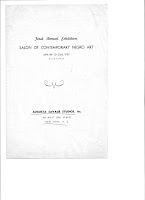.jpg)
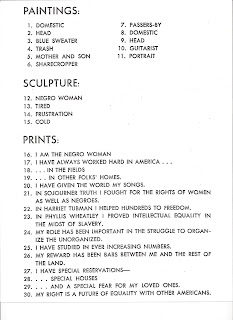.jpg)
In May of 1945, the names of 46 recipients of the Julius Rosenwald Fellowship for 1946 were announced. That number included 29 Black fellows and among its ranks was Alice Elizabeth Catlett who, at the time, was an instructor of art at George Washington Carver school in New York city. Catlett's vision, as a fellow, was to do a series of lithographs, paintings, and sculptures of Negro women. After a year of planning, thought, and work, her vision was clearly defined and brought into focus in her reapplication for a fellowship in 1947, and she received her second award. In that reapplication process, Catlett settled on a "complete unit" of prints. This complete suite of 15 images are a strong and well-told commentary on The Negro Woman, stirring and intense in both images and words. Each of the images can stand along, but their strength is even more enhanced when seen and read as a cohesive unit. The story of
The Negro Woman is clearly and strongly expressed in images and words.
In December 1947 - January 1948, the thirty (30) pieces that were conceived and created while Catlett was studying for two years on a Rosenwald Fellowship were exhibited at the Barnett Aden Gallery in Washington, DC. It is an undisputed fact that The Barnett Aden Gallery is one of the first privately owned Black galleries in the United States and the first one in Washington, DC. It was founded in 1943 by James Vernon Herring, chair of Howard University's Department of Art, and Alonzo Aden, curator of the Howard University Gallery of Art. In addition to providing a venue for such Black artists as Romare Bearden, Lois Mailou Jones, Elizabeth Catlett, Jacob Lawrence, Archibald Motley, John Robinson, and others, it was one of the few galleries in the city in which artists representing different nationalities, races, and ethnicities exhibited together.
The cover and a page from the 1947,
The Negro Woman, exhibition catalogue listing the pieces that were on exhibit are shown above (
see illustrations). This catalogue contained 4 pages that included a
Preface written by Gwendolyn Bennett. Under the section labelled
Prints appears the full series of
The Negro Woman, consisting of 15 pieces. These 15 pieces present a narrative with each image and its caption representing one phrase of the narrative. Look carefully at the captions of those individual pieces as they spell out the significance of
The Negro Woman, acknowledging hard work, celebrating renowned heroines, and focusing on the fears, struggles, and achievements. The series begins with
I am the Negro Woman and ends with the fifteenth in the series,
My Right is a Future of Equality with other Americans. In their entirety, the images and words make a powerful statement of social commentary for the time period.
Jane Watson Crane, in a review appearing in the December 21, 1947 issue of the Washington Post (page L5), states "Two things stand out concerning the Elizabeth Catlett exhibition on
The Negro Woman... one is the meticulous craftsmanship, the other the straightforward approach. The artist has something to say here, and she pulls no punches. This is an unusually strong show for a woman--unusual also in the variety of media--paintings. sculpture and prints are shown--in all of which she seems perfectly at home."
My curiosity was raised as I read Crane's review and noticed the statement an"unusually strong show for a woman," yet there was surprisingly no mention of race. With an understanding of segregation in the South in 1947, I would have expected some mention of race, as well as the sexist comment; however, such was not the case. Racial tones in Crane's review were not mentioned which led me to think that perhaps Crane was of the school of thought that more readily accepted blacks as accomplished artists which probably demonstrated a more liberal position of those working in the arts. My thoughts and questions will probably drive me into conducting some research to find out who was Jane Watson Crane, not the Washington Post writer, but Crane the person.
Roughly 62 years after their completion, we are still afforded an opportunity to see the entire suite of prints from
The Negro Woman series in a traveling exhibition,
A Force of Change: African American Art and the Julius Rosenwald Fund, currently at Spertus Museum (Chicago, Illinois, on view through August 16, 2009). The exhibition will travel to the Allentown Art Museum (Allentown, Pennsylvania, September 13, 2009 - January 10, 2010); and end at the Montclair Art Museum (Montclair, New Jersey, February 6 - July 25, 2010). A catalogue accompanies this exhibition. For more information on
A Force of Change: African American Art and the Julius Rosenwald Fund, follow this link:
http://www.spertus.edu/exhibitions/rosenwald.php
© 2009 Black Art Project... all rights reserved. For permission to reproduce contact: blackartproject@comcast.net or blackartproject@yahoo.com .




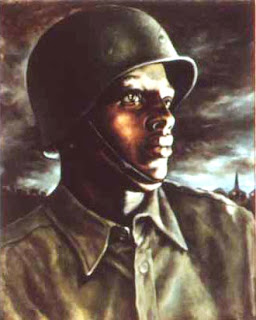


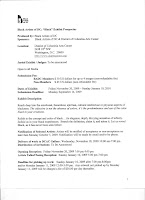


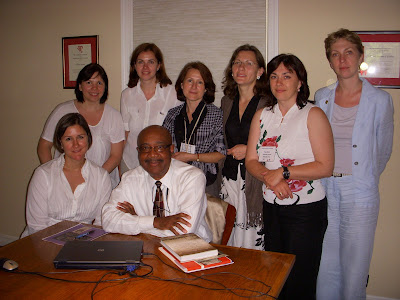
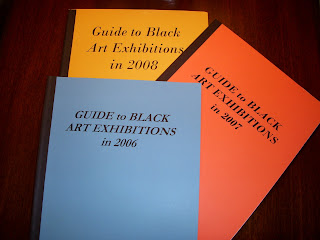
.jpg)
.jpg)

